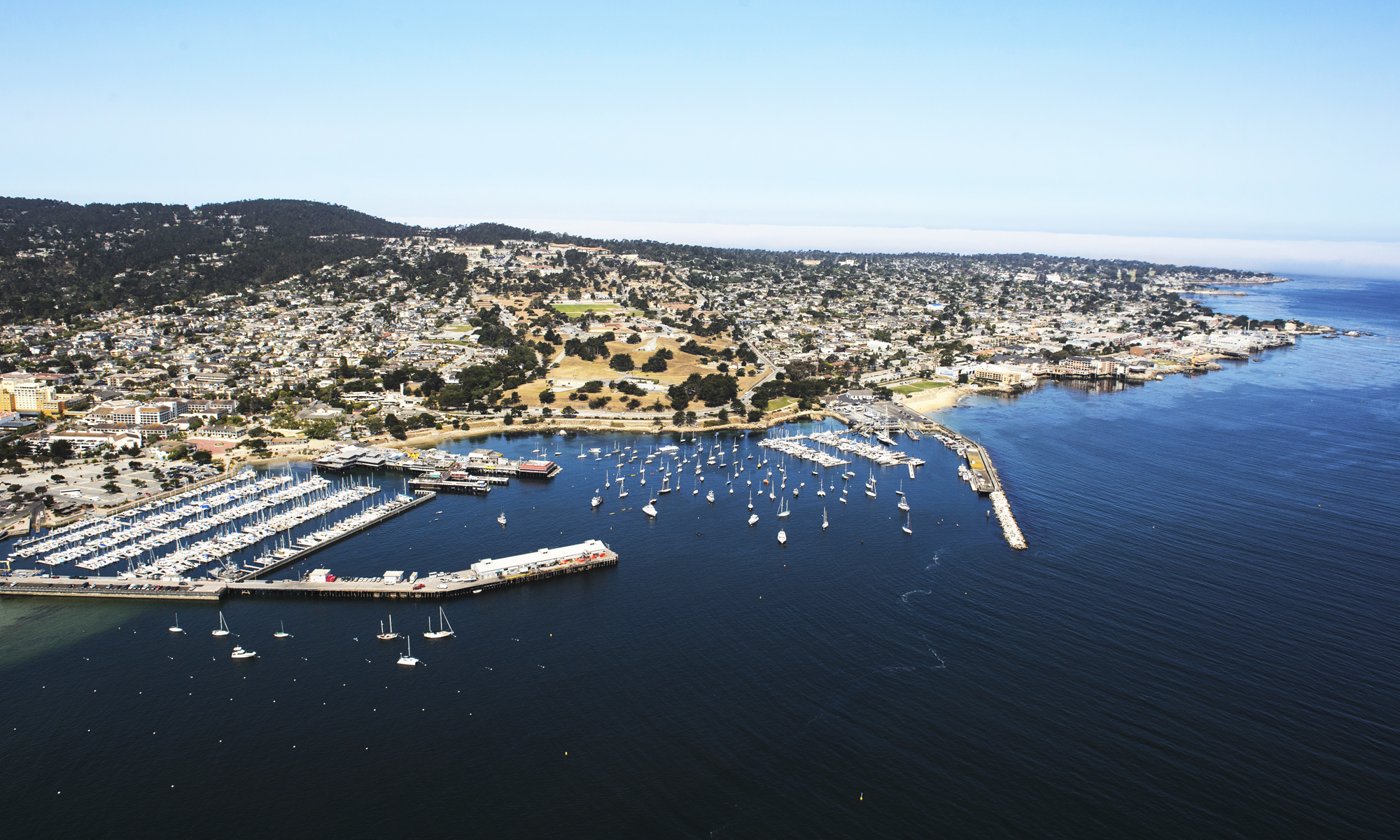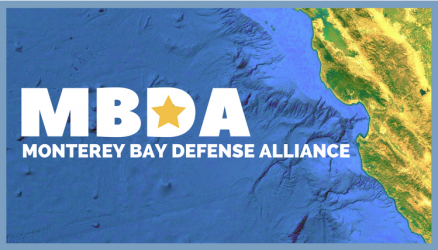Outline of MBDA Draft Strategic Plan
With the overarching mission to “Support and grow Monterey Bay Area National Security Assets”, the MBDA Draft Strategic Plan identifies three key strategic goals:
- Define/illustrate the dense network of national security assets co-located or proximally located in the Monterey Bay Area.
- Expand and strengthen relationships within the network.
- Address military value, costs and other issues that affect Monterey Bay Area national security assets.
The first two MBDA strategic goals seek to strengthen Team Monterey by properly defining it as a subset of the larger Monterey Bay National Security Cluster, which includes relevant local non-DoD organizations, and fostering collaboration and synergy among all members of the Cluster. Non-DoD members of the Cluster include, for example, Middlebury Institute of International Studies at Monterey, California State University Monterey Bay, University of California Santa Cruz, NOAA National Weather Service, NOAA National Ocean Service, Monterey Bay Aquarium Research Institute, Central and Northern California Ocean Observing System, and various Silicon Valley high-tech companies.
Demonstrating collaboration and synergy among the Monterey Bay National Security Cluster organizations, including the Team Monterey organizations, strengthens the argument for keeping Team Monterey intact and in place. Collaborations between Team Monterey organizations and Silicon Valley companies will be particularly valuable, as senior DoD leaders clearly understand and appreciate Silicon Valley expertise and innovation. Tying Team Monterey to the larger Monterey Bay National Security Cluster, including select Silicon Valley companies, will reinforce the geographic imperative for retaining Team Monterey in place.
The third MBDA strategic goal aims to increase the military value of the Team Monterey organizations while reducing their costs and mitigating any other issues perceived to be detrimental to their continued presence in the Monterey Bay Area. This will include engaging and educating stakeholders on Team Monterey strengths, such as: (1) mission capability and mission effectiveness and their impact on operational readiness of the total force, (2) ability to support contingency and surge operations, (3) mission resilience, (4) availability of land, facilities, housing, water, power, etc., (5) quality of life issues, including educational services, medical services, recreational opportunities, etc., and (6) cost saving opportunities. This will also involve helping local constituencies understand their role in enhancing the Monterey Bay National Security Cluster, while advocating for a community-wide approach.

